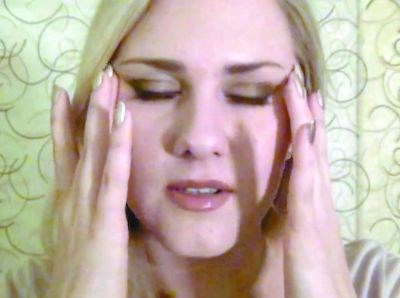Unlike most of my classmates, I looked forward to getting my head checked for lice when I was in elementary school.
I liked how it felt when the school nurse gently combed through my hair with the short wooden sticks. I felt sleepy and it gave me tingly goose bumps on the top of my head.
I never knew those ‘tingles’ actually had a name until recently. It’s called Autonomous Sensory Meridian Response (ASMR), which describes the tingling sensation on the scalp and nape of the neck caused by triggers including whispering close to the ear or fingernail tapping.
There are more than a million ASMR videos online — from hair brushing to ear examinations — featuring soft-spoken women like Maria, also known as “Gentle Whispering.” Maria has more than 78,000 subscribers on YouTube.com.
Like thousands of others, I use ASMR as a relaxation tool. I watch the videos when I feel anxious or have trouble sleeping. Whispering and the faint sound of wet hair being cut gives me the tingles, relaxing me almost instantly. I often fall asleep before the video is over.
Although there have been no scientific studies of ASMR specifically, Steven Novella, director of general neurology at the Yale University School of Medicine, suggested in his online blog, Neurologica, that it may be a type of pleasurable seizure.
“Seizures can be triggered by auditory stimuli,” Novella wrote. “Seizures can sometimes be pleasurable, and can be triggered by these sorts of things. Or, ASMR could just be a way of activating the pleasure response.”
No human brain is the same. Just as my brain tingles with the sound of gentle whispering, yours may prefer the sound of a paintbrush lightly stroking the canvas.
Today marks International ASMR Day, so for all you ASMRers out there — grab your headphones, a quiet room, watch the video above and let the tingles begin.
— Sudbury.com
